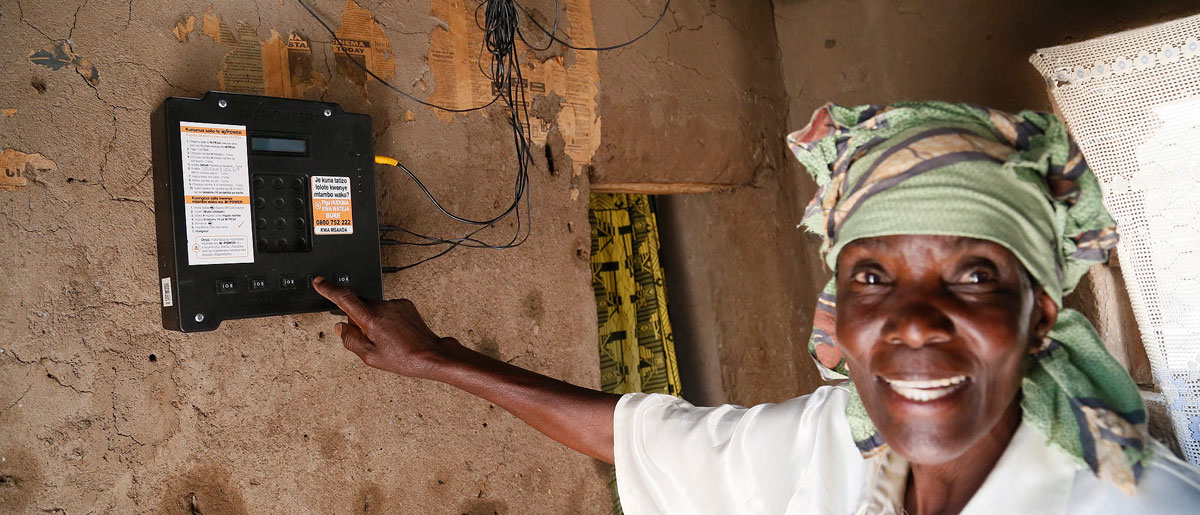Policy coherence to achieve the SDGs: using integrated simulation models to assess effective policies
Summary
Coherently addressing the 17 Sustainable Development Goals requires planning tools that guide policy makers. Given the integrative nature of the SDGs, we believe that integrative modelling techniques are especially useful for this purpose. In this paper, we present and demonstrate the use of the new System Dynamics based iSDG family of models. We use a national model for Tanzania to analyse impacts of substantial investments in photovoltaic capacity. Our focus is on the impacts on three SDGs: SDG 3 on healthy lives and well-being, SDG 4 on education, and SDG 7 on energy. In our simulations, the investments in photovoltaics positively affect life expectancy, years of schooling and access to electricity. More importantly, the progress on these dimensions synergizes and leads to broader system-wide impacts. While this one national example illustrates the anticipated impact of an intervention in one specific area on several SDGs, the iSDG model can be used to support similar analyses for policies related to all the 17 SDGs, both individually and concurrently. We believe that integrated models such as the iSDG model can bring interlinks to the forefront and facilitate a shift to a discussion on development grounded in systems thinking.







